A CYPRIOT BACKGAMMON GAME
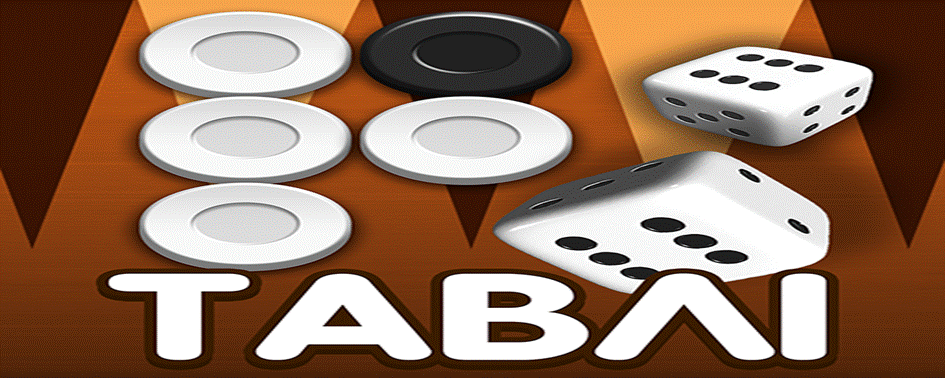
A POPULAR CYPRIOT VERSION OF BACKGAMMON
Played in cafes and coffee shops all over the island, ‘Tavli’, is a popular Cypriot version of Backgammon that is steeped in both history and tradition. It has also become a quintessential aspect of Cypriot culture that embodies not just a form of recreation for locals, but also represents the social fabric of the Cypriot coffee culture life. To understand the popular game of skill and chance, the history of backgammon itself must be first explored.
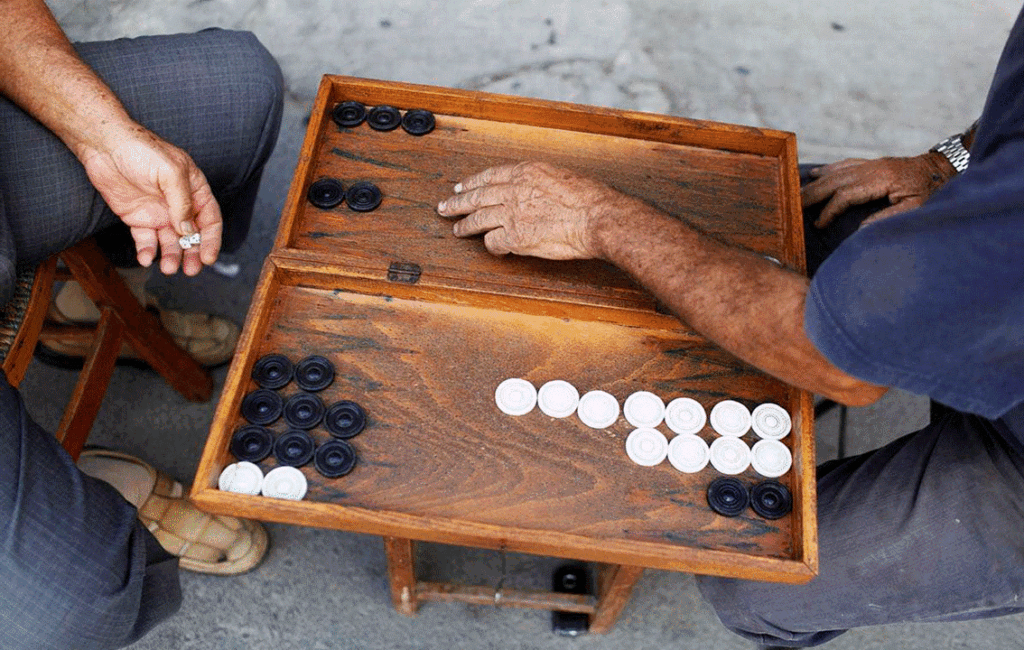

THE HISTORY & ORIGINS OF ‘TAVLI’
The origins of modern-day Backgammon trace back thousands of years, intertwining with the historical evolution of other similar dice-based board games. Ancient cultures across many ages, mainly from the East, introduced games that shared common elements with the contemporary modern-day game. ‘Tavli’ is believed to share roots with the ancient game of Senet, which was first played in Egypt around 3100 BC, along with the Royal Game of Ur, which also emerged at around the same time from Mesopotamia. The game’s evolution later took significant strides in Persian society where it was known as Nard. All of these were two-player games that included the use of dice to dictate the movement of pieces, as well as the concept of capturing or trapping an opponent’s pieces.

EARLY VERSIONS OF THE GAME
An early version of ‘Tavli’ went on to establish itself as a firm social and cultural favourite in the greater Eastern Mediterranean and the game is thought to have been introduced to Cyprus during Byzantine times when dice games enjoyed immense popularity. ‘Tavli’ in its Cypriot context, is a direct descendant of all of these ancient games and the term ‘Tavli’ itself derives from the Greek word meaning ‘board’. Further variations of the game soon spread from the Eastern Mediterranean to Western Europe during the Middle Ages and it soon became a firm favourite amongst Western European nobility. French and English versions of the game were soon popularised, leading to diverse adaptations, which eventually culminated in the modern version of the game known today.
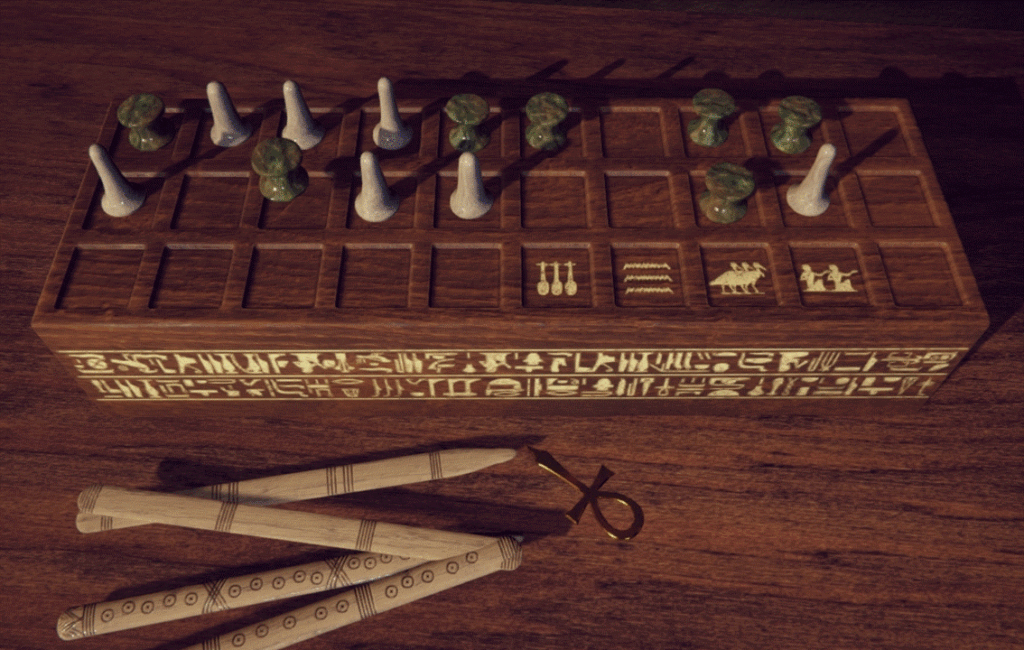
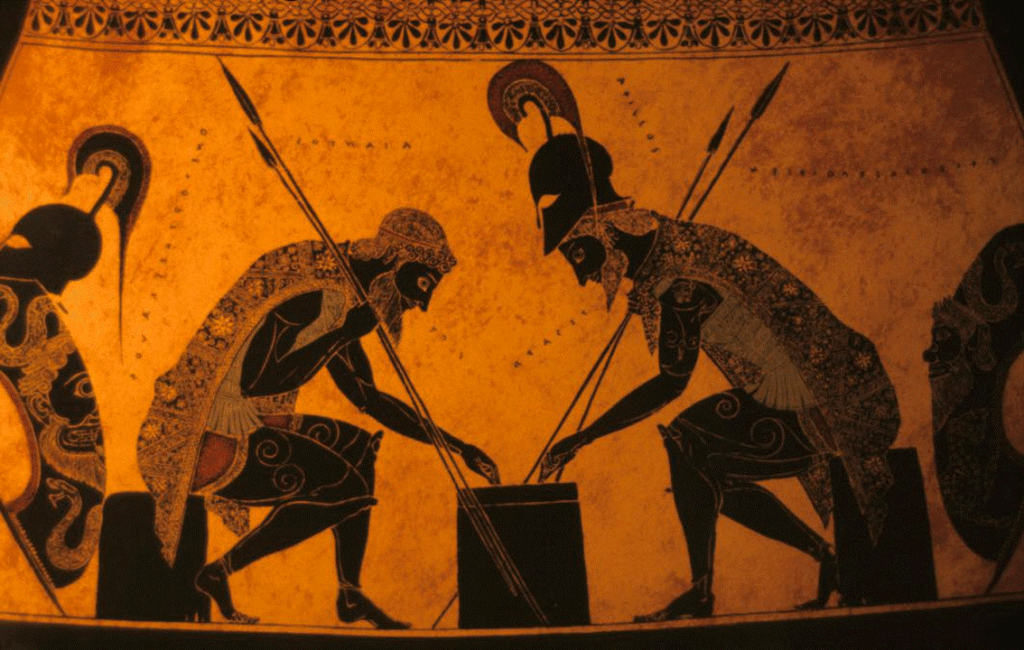
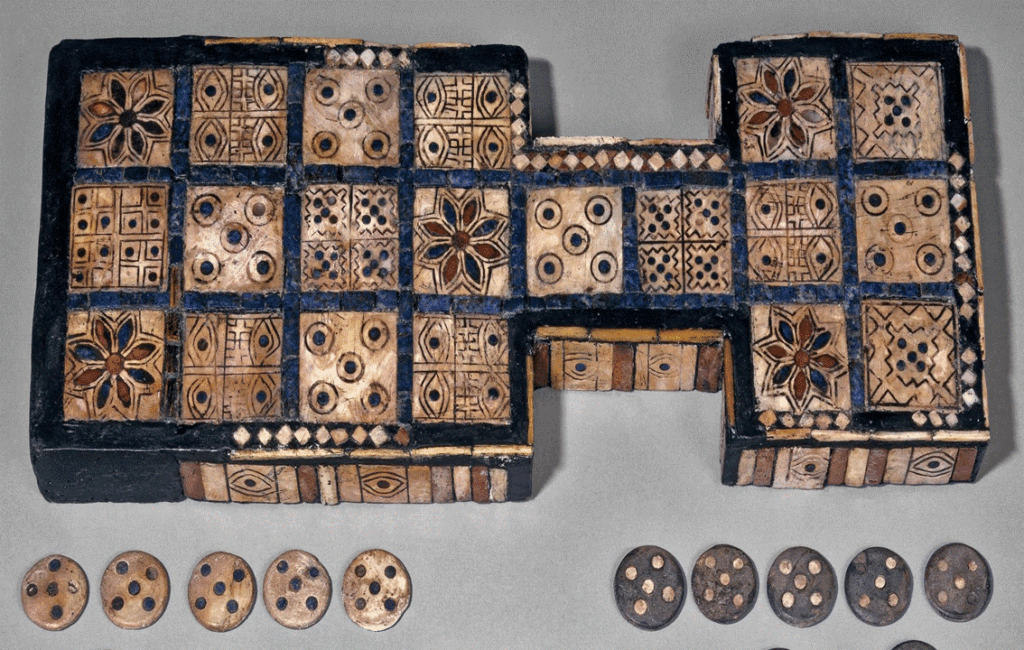
A GOOD FORM OF ENTERTAINMENT
The game today can be said to be not only the desire for entertainment but also the need for general camaraderie between players. The game’s relevance and importance is often highlighted during national holidays, festivals, and even simple gatherings with the game often becoming a central activity, encouraging dialogue, laughter, and fierce competition. It is not uncommon to hear the sounds of rolling dice and clattering pieces resonating from several households, street coffee shops, and cafes throughout the day and most evenings in Cyprus. The game also plays an essential role in fostering social connections that bridge across generations and allow grandparents to teach grandchildren the intricacies of its strategy and its set moves.

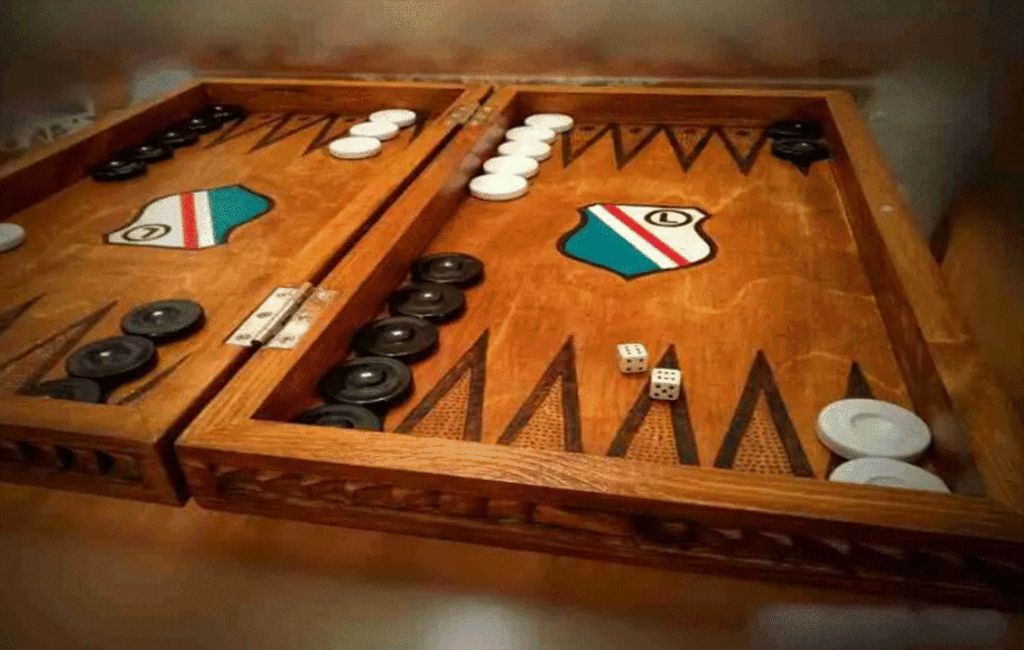
3 MAIN VERSIONS OF THE GAME
Cypriot ‘Tavli’, comprises three main versions and these are known as Fevga, Porta, and Tsilito. Each variant comes with its own rules, but they all share the common goal that sees the movement of pieces around a board based on dice rolls.
Fevga: This version of ‘Tavli’, is often considered the simplest version of the game and this version of the game serves as an excellent introduction to the game for beginners.
Porta: This version of ‘Tavli’, is particularly engaging, featuring a bar where pieces can be sent to the opponent’s home board. Players must skilfully manage their pieces while blocking their opponent, whilst trying to free any trapped pieces.
Tsilito: This version of ‘Tavli’, allows players to capture opponent pieces by landing on them, creating an additional layer of strategy. This version of the game is considered the most difficult.
FAMOUS STORIES SURROUNDING THE GAME
There are some famous stories surrounding the game that have created memorable experiences and topics of conversation in recent history.
‘O Exaris’: This particular story involved a group of friends, who decided to hold a ‘Tavli’ tournament over a weekend. This went on to become more than just a friendly match with the stakes rising high, as each had his reputation to uphold. As the tournament progressed, tensions mounted, and rivalries intensified and after a particularly heated game, one player, known for his dramatic flair, lost a crucial point. In a fit of exaggerated despair, he dramatically tossed his dice across the room, and the dice then ricocheted off a wall and landed perfectly on top of a nearby pot of tzatziki showing double sixes. This incident became a cherished memory, recounted with laughter during subsequent gatherings and the player in question became known thereafter as ‘Exaris’, the Greek word for sixes.
A generational gap: This delightful tale involved a grandfather who, during a rainstorm, invited his grandchildren to play ‘Tavli’. Confident in his skills, he repeatedly boasted about his past victories and he went on to give several tips about strategy and set moves to his grandchildren. They however, knew how to play but they devised a plan to let him win the first two games to boost his ego, only to surprise him in the final match. Little did they know however, that the old man’s luck was unmatched in the final game, and his jubilant celebrations, thinking that he was a far superior player is still fondly remembered within his family today.
A case of mistaken identity: An amusing story featured a tavern owner who decided to host rotating ‘Tavli’, nights. Players would compete at multiple tables, and the pairings would shift each round to face a different opponent. On one of these evenings, a famous ‘Tavli’ player graced the tournament with his presence and this led to an unexpected strategy shift in several of the local players. As the evening drew on, it was obvious that most local players were nervous about making a mistake and they began to over think their moves, anticipating some of the famous ‘Tavli’ player’s cunning manoeuvres. The famous ‘Tavli’ player after winning the tournament, however, eventually revealed that he was not who they all thought he was and that he just looked like the famous ‘Tavli’ player. He also revealed that he preferred to play cards and did not really like ‘Tavli’.
AN ENDURING SYMBOL OF CYPRIOT CULTURE
Cyprus ‘Tavli’ is not merely a game to many, but an enduring symbol of Cypriot culture, representing history, freethinking strategy, and social interaction. The game remains a timeless tradition that continues to enrich Cypriot social life. Whether it is played as a casual game among friends or within a heated high-stakes championship, it remains foundational to the Cypriot identity whilst representing a true testament to the joy the game provides across the island’s generations. As a result, its evolution from an ancient eastern board game to its relevant status in contemporary Cypriot society remains unequalled. This is also highlighted by the camaraderie, excitement, and humour that embodies the stories that surround the game. This captivating and often engaging activity allows patrons of the game to highlight both the game’s adaptability and relevance and often will enable them to share joy and laughter whilst playing the game that continues to create lasting memories whilst forging newfound social connections.


